In the Soviet Union, writers and dissidents relied on “samizdat,” hand-typed manuscripts secretly circulated to avoid censorship. Every carbon copy risked exposure, but it was the only way to preserve their words.
Artists face new surveillance risks
Authoritarianism thrives on interception.
Every artist who challenges power eventually faces the same question: How safe is my work when I put it into the world, or even onto my screen?
Convenience can betray you. An unencrypted message, a saved draft, a recorded meeting … any one of these can become evidence. That doesn’t mean abandoning technology, but it does mean using it with care.
Talented artists have been silenced not because their art lacked force, but because their words and images were captured before they could fully circulate.
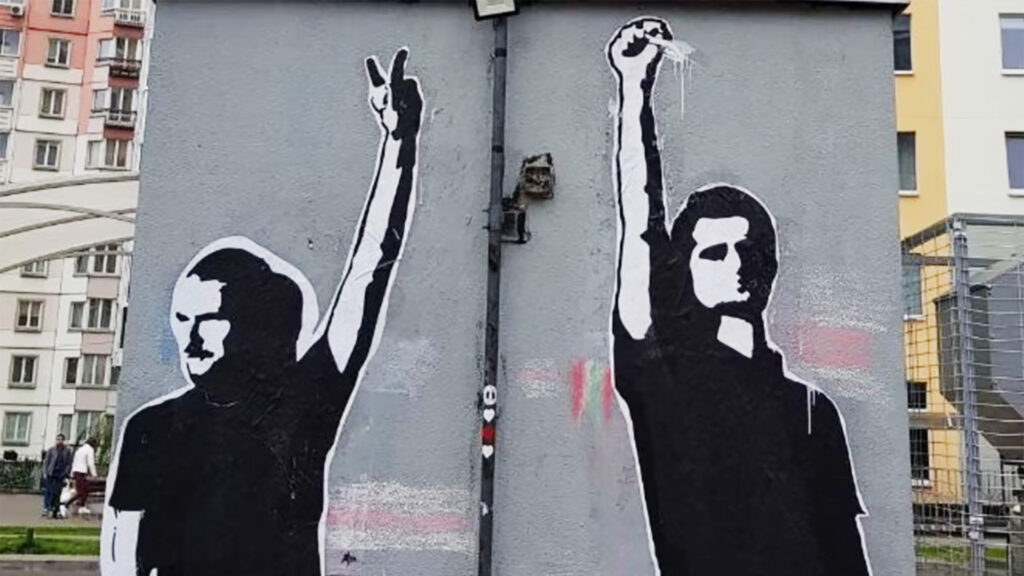
A mural in Minsk, Belarus, honors two deejays who were jailed for playing a song by Soviet rock legend Viktor Tsoi. Their arrest sparked outrage, and the mural soon became a flashpoint for resistance during the 2020–21 demonstrations. Created quietly, without digital coordination, it shows how analog acts of solidarity can defy authoritarian control. Photo: RFE/RL, used under fair use for commentary.
You treat technology as both a tool and a trap
Every resistance artist must learn: the same digital tools that amplify our work can also expose us to those who would silence it.
Encryption, secure messaging apps, and strong passwords matter. But they aren’t magic shields.
For artists working under repression, safety comes from habits, not just tools:
- Share only what you must.
- Keep sensitive drafts offline or on secure drives.
- Assume anything stored in the cloud could someday surface.
- Ask yourself: If seized, would this device tell a story I can live with?
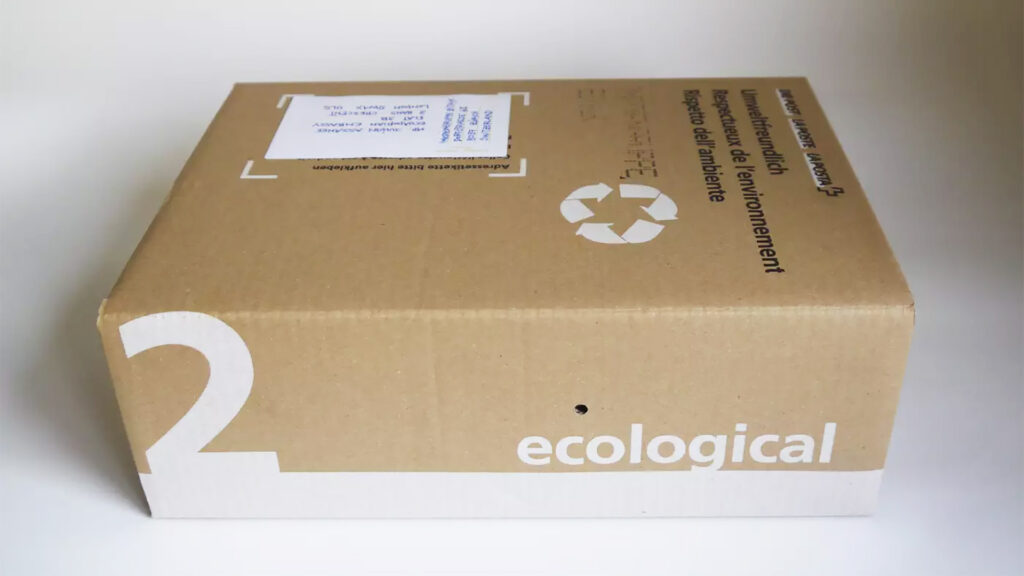
Delivery for Mr. Assange (2013) by !Mediengruppe Bitnik. The artists mailed a parcel equipped with a live-streaming camera to Julian Assange at the Ecuadorian Embassy in London. For 32 hours, the public watched the parcel’s journey online, turning postal delivery into performance art that questioned surveillance, secrecy, and the flow of information. Photo courtesy of !Mediengruppe Bitnik.
You know not to outsource your secrets
Artificial intelligence and transcription tools promise convenience, but they also create permanent records in systems you don’t control.
Resisting power often means resisting the impulse to automate everything.
In Hong Kong, activists discovered that social media posts they thought were protected speech became prosecution evidence under new security laws, turning their tools of expression into weapons against them.
Dictating a manifesto into a cloud-based AI recorder may be easier than typing, but it:
- hands your words to unknown servers.
- trains AI to retain your information and interests.
- is susceptible to government data requests.
Some messages are safest when they stay in your own head, or in a trusted room, unrecorded.
Performance artist Pope.L’s The Great White Way (2001–2009) unfolded over nine years, as he crawled the length of Broadway in New York in segments, dressed in a Superman costume. His refusal to perform online or in archives forced audiences to encounter the work live, on the street, rather than through digital mediation. Photo: William Pope.L Studio, courtesy of Mitchell-Innes & Nash Gallery.
You balance digital with analog
From samizdat typewriters to protest murals, artists have long turned to analog methods when digital tools became dangerous.
It isn’t nostalgia, it’s strategy. Handwritten, face-to-face, word of mouth: these are technologies too, just harder to hack.
You don’t abandon the digital world. But you choose when to step outside it, safeguarding your expression and keeping your community safer.
Keeping your work safe protects your creative practice
Artists like those shown above remind us: technology is powerful, but never neutral.
To keep your art alive, you don’t just create, you defend. You decide when to encrypt, when to unplug, and when to trust only your memory.
Because resistance is fragile, but surveillance is pervasive.
Randall White
Abbetuck
Credits & References
Ken Grossinger’s Nine Lessons for Fighting Authoritarianism Using Art in an Age of Resistance for the SPLC inspired this blog post. His eighth lesson, “Keep it safe,” reads:
“When tech is necessary, protect your correspondence. Develop a cybersecurity plan. Don’t use artificial intelligence systems to make verbatim recordings.”
The ninth and final lesson will appear in an upcoming post here and on Substack.

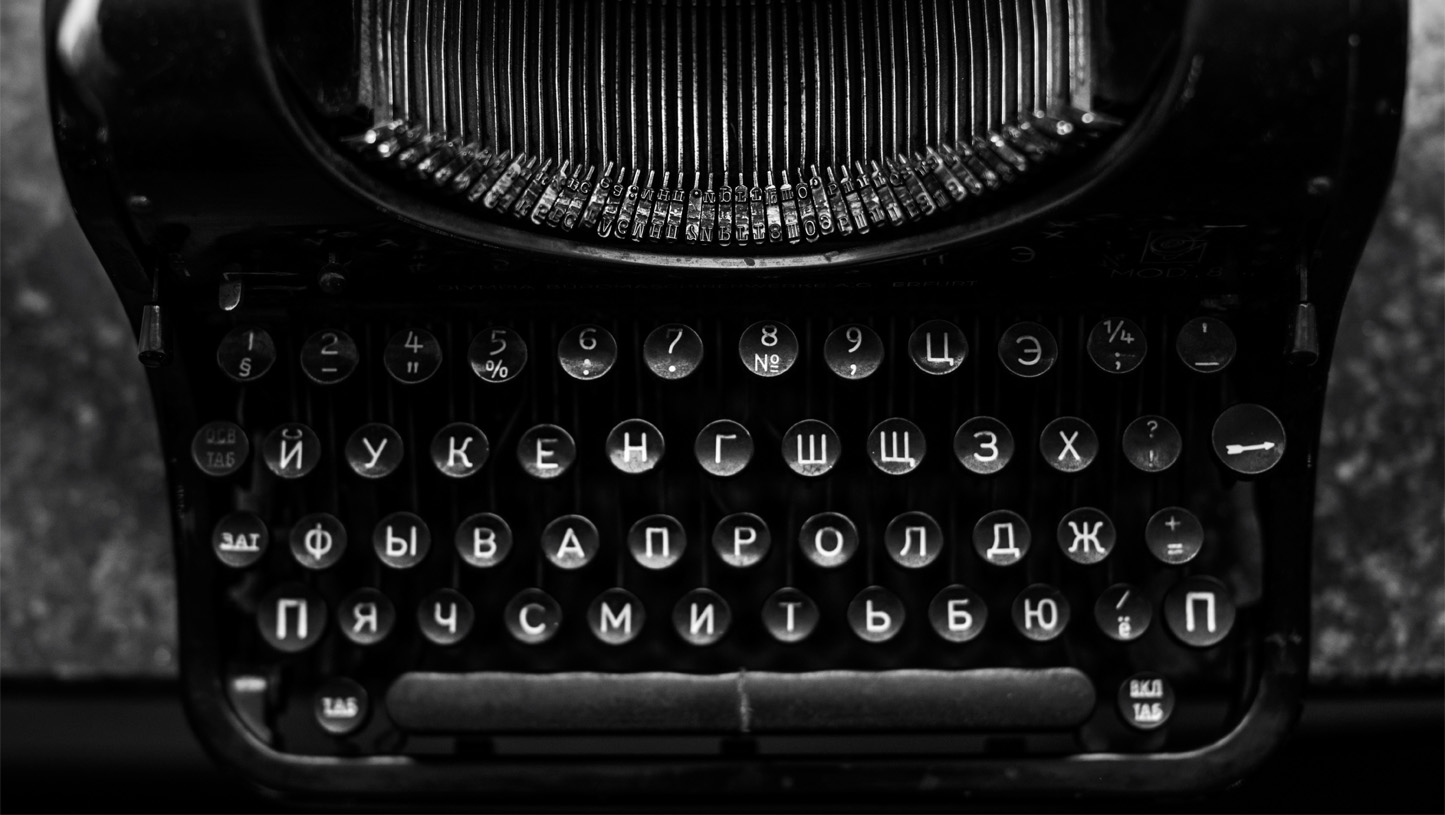
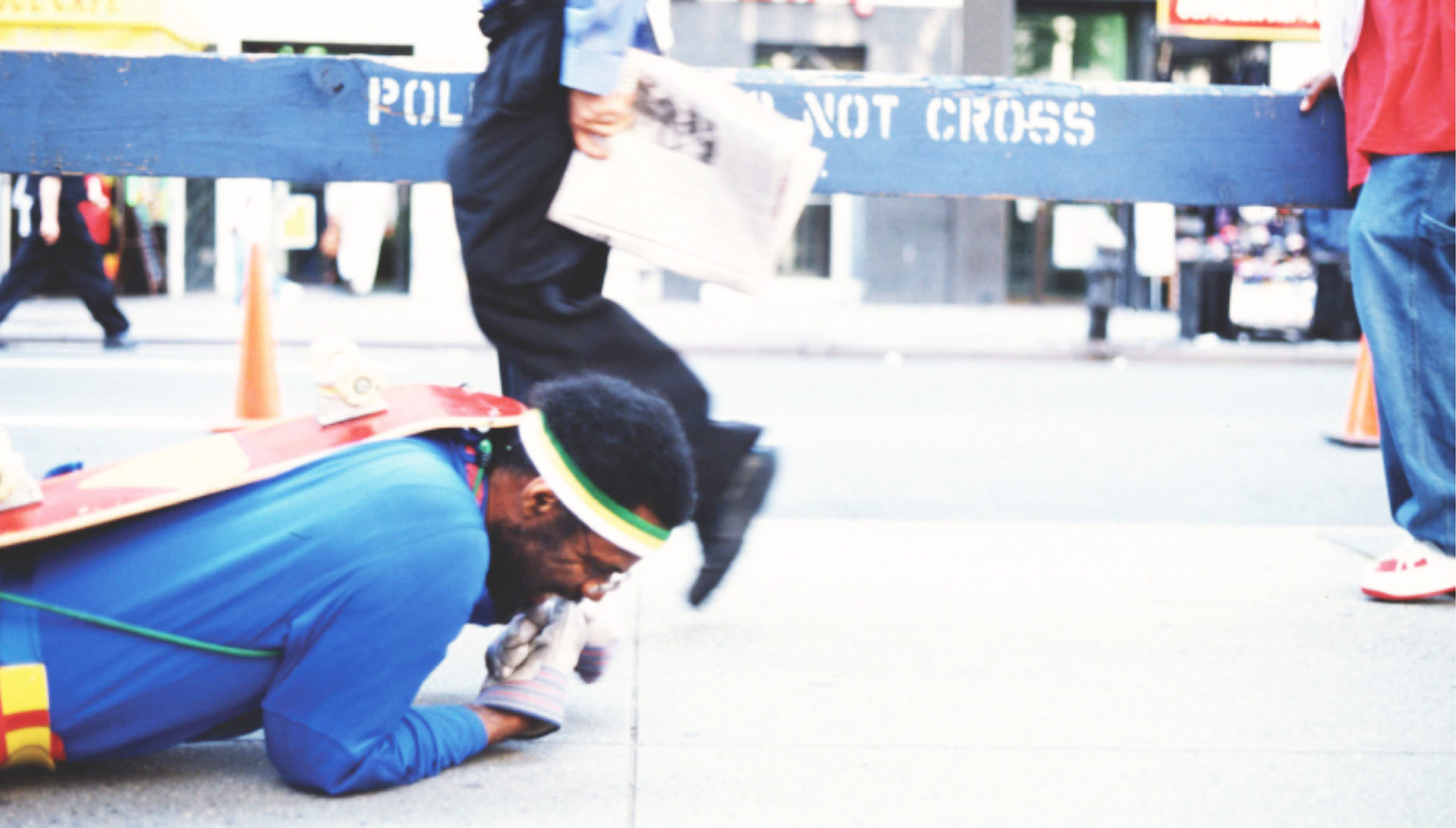

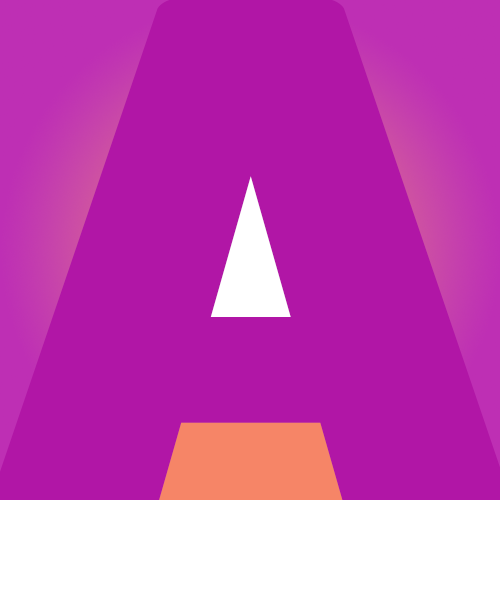
No responses yet